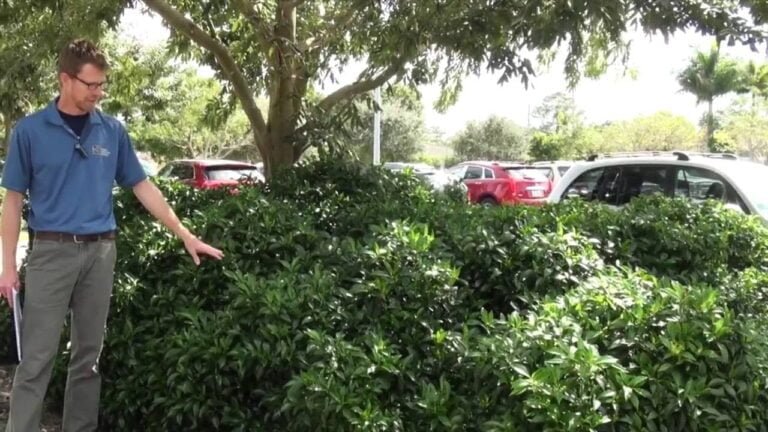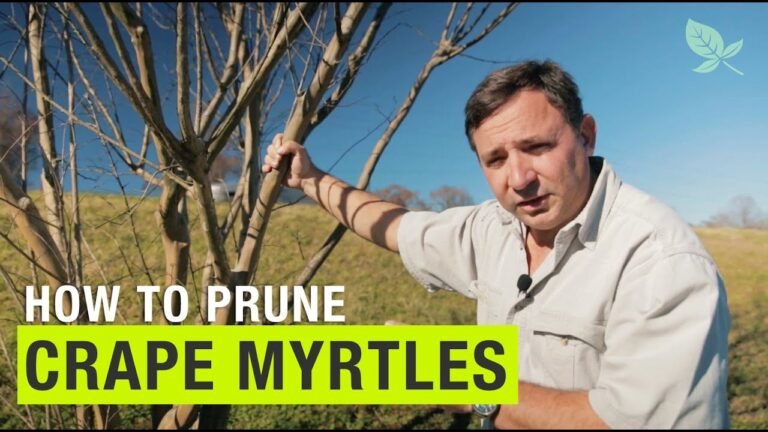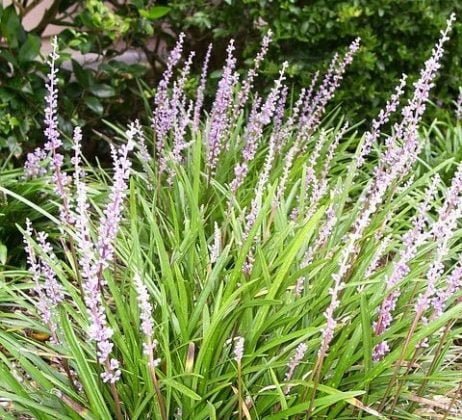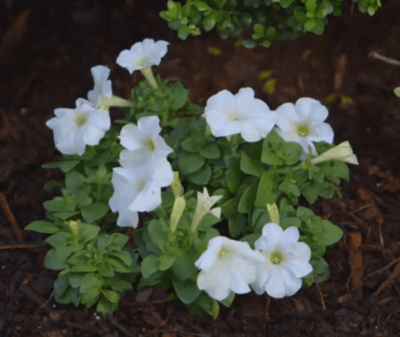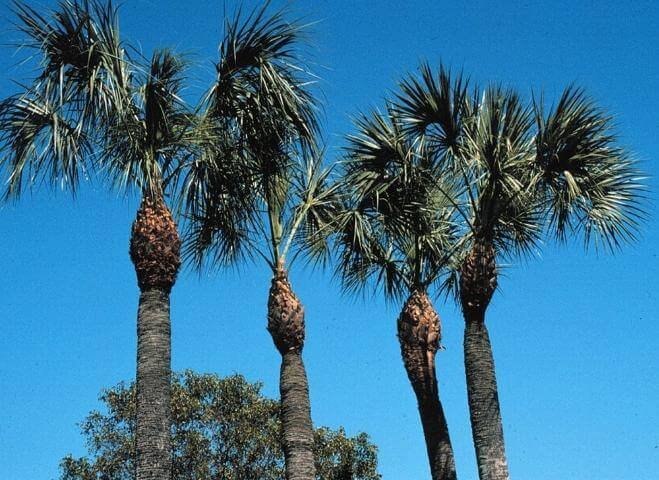How To Purchase Quality Plants in Florida
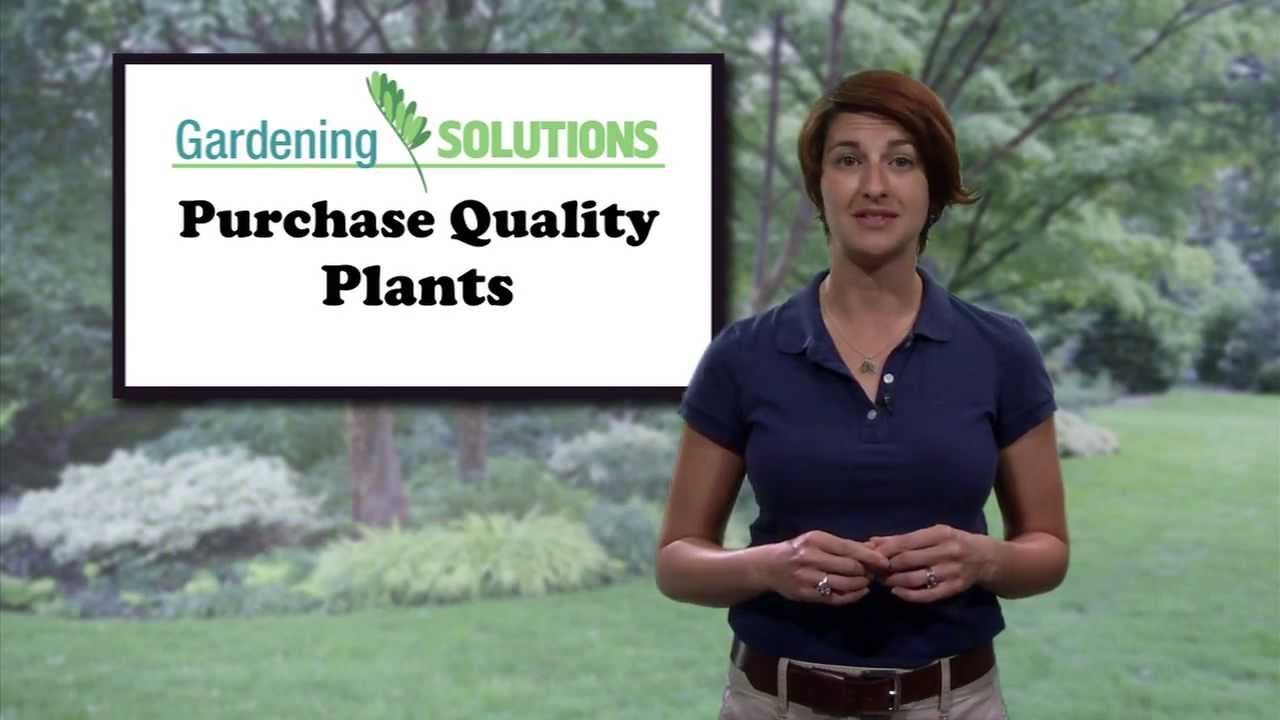
Do You Know How To Purchase Quality Plants for your Florida garden?
Florida’s unique climate and soil conditions offer a fantastic opportunity for gardening enthusiasts to cultivate a diverse range of plants. Whether you’re an experienced gardener or just starting, choosing high-quality plants is essential for a successful garden. UF/IFAS Horticulturist Erin Alvarez offers some valuable insights on what to look for when purchasing quality plants for your Florida garden.
1. Local Nurseries and Garden Centers:
One of the best ways to ensure you’re buying suitable plants for your Florida garden is to shop at local nurseries and garden centers. These establishments often carry plants that are well-suited to the region’s climate and soil conditions. Local experts can also provide guidance on the right plants for your specific area.
2. Disease and Pest Resistance:
Look for plants that are resistant to common Florida pests and diseases. Erin Alvarez recommends choosing plants that are labeled as resistant to diseases such as powdery mildew or pests like whiteflies. This can reduce the need for chemical treatments and make your garden more sustainable.
3. Native and Adapted Plants:
Native plants are inherently adapted to Florida’s climate, making them a wise choice for your garden. Native species have evolved to thrive in the local environment, requiring less water and maintenance. Additionally, UF/IFAS Horticulturist Erin Alvarez suggests considering “Florida-Friendly” plants, which are adapted to the state’s unique conditions.
4. Check Plant Health:
When shopping for plants, examine them closely. Avoid specimens with yellowing or spotted leaves, as these may indicate stress or disease. Check for any signs of pests, like discolored leaves or webbing. Healthy plants should have vibrant foliage and sturdy stems.
5. Size Matters:
Consider the size of the plants you’re purchasing. While smaller plants may be less expensive, they may take longer to establish in your garden. Larger plants, on the other hand, might provide instant impact but could be more challenging to transplant. Choose the right size based on your gardening goals and preferences.
6. Proper Plant Labels:
Ensure that the plants you’re buying come with accurate labels that provide essential information. These labels should include the plant’s common and scientific name, sun and water requirements, and expected mature size. UF/IFAS Horticulturist Erin Alvarez emphasizes the importance of this information for successful gardening.
7. Expert Advice:
Don’t hesitate to ask for guidance from the staff at the nursery or garden center. They often have extensive knowledge of the plants they sell and can offer valuable tips on planting, care, and maintenance.
8. Purchase in Season:
Erin Alvarez advises buying plants when they are in season. This ensures that you are getting the freshest and healthiest specimens. In Florida, many plants can be planted year-round, but some may have preferred seasons for planting and blooming.
How To Purchase Quality Plants Video
In this installment of Gardening Solutions, UF/IFAS Horticulturist Erin Alvarez details what to look for when purchasing quality plants. This video was produced by IFAS Communications Educational Video for the UF/IFAS Center for Landscape Ecology and Conservation and Powered by the UF/IFAS Institute for Plant Innovation.
By following these tips and seeking out expert advice, you can purchase high-quality plants that will thrive in your Florida garden. Investing in quality plants from local sources will not only make your gardening experience more enjoyable but also contribute to the overall health and beauty of your garden and the environment.
To learn about the Types of Florida Plants visit these links below.
- https://floridalandscapingtoday.com/category/shrubs/
- https://floridalandscapingtoday.com/category/plants/
- https://www.floridalandscapingtoday.com/florida-ground-cover-plants/


